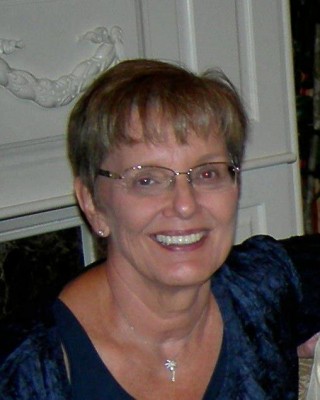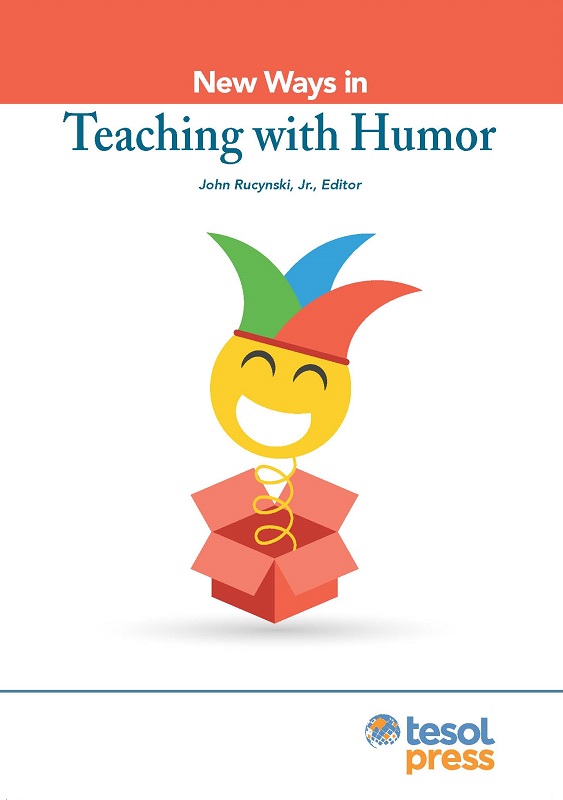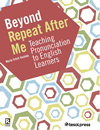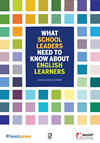From TESOL International Association: Lessons Learned From a Mistake
by Dudley Reynolds, TESOL President, and Rosa Aronson, TESOL Executive Director
“How much you can learn when you fail determines how far you will go into achieving your goals.”
These words by Roy Bennett, public figure from Zimbabwe, never rang as true for TESOL International Association when a few weeks ago, we realized we made a grave mistake that affected several hundred of our global members.
Due to a technological and human error, many of our international members received a notification from us that erroneously stated that their Convention proposals had been accepted. Unfortunately, we discovered the mistake much too late. By the time we sent a correction email, members had already shared their joyous news with their colleagues, friends, and families, thus crushing their happiness and sense of professional accomplishments.
As many TESOL members can confirm, having a proposal accepted for the TESOL International Convention is not only a significant step in the careers of TESOL professionals, but may also be a determining factor of whether someone is able to get institutional support to attend the Convention. We acknowledge that this is especially true for our members outside the U.S. and Canada, for whom attending the Convention comes at no small expense.
Knowing that we failed the very professionals for whom we are working, has left an indelible mark on us. We are deeply sorry for breaking the bond of trust and assure you that we will work hard to earn this trust back. While we realize we cannot turn the clock back, we can learn the hard lessons from our mistake. We want to assure you that we remain committed to our mission and our core values.
We thoroughly investigated the situation and are designing internal guidelines to prevent this mistake from happening again. And, more importantly, we are reaffirming our commitment to our members and their needs. We realize that we cannot allow expediency to supersede service to our members. We remain committed to individualized and timely communication whenever possible, to examining our programs and actions from varied perspectives, and to transparency before our members, who are our Association.
TESOL Blogs
Interested in writing a blog for TESOL?
Read the submission guidelines and send us your post!
Check out the latest TESOL Blogs:
|
4 Fast Fun Fillers: Games for ELL Break Time, by Tara Arntsen
 Breaks are important, but that does not mean you have to waste them. Choose any of the four activities below to engage students in a fun way without taking up a lot of time either in class or at home. I have mentioned the first two in blog posts of their own, but that was quite a while ago, so I will take this opportunity to refresh your memory before introducing two new resources. Read more. Breaks are important, but that does not mean you have to waste them. Choose any of the four activities below to engage students in a fun way without taking up a lot of time either in class or at home. I have mentioned the first two in blog posts of their own, but that was quite a while ago, so I will take this opportunity to refresh your memory before introducing two new resources. Read more.
|
|
5 Activities to Improve Reading Fluency in Pre-K–5 ELs, by Judie Haynes
 According to Reading Rockets, fluency is composed of three features: accuracy, automaticity, and prosody. These features of fluency are regularly assessed in schools. It’s my opinion, however, that ELs can’t be held to the same standards as their English-speaking classmates while they are still learning English. Reading ability is not a predictor of reading comprehension in ELs (Lesaux & Crosson, 2010). Accuracy may not be a realistic goal for many ELs because they may have difficulty correctly pronouncing the words in a passage. Read more. According to Reading Rockets, fluency is composed of three features: accuracy, automaticity, and prosody. These features of fluency are regularly assessed in schools. It’s my opinion, however, that ELs can’t be held to the same standards as their English-speaking classmates while they are still learning English. Reading ability is not a predictor of reading comprehension in ELs (Lesaux & Crosson, 2010). Accuracy may not be a realistic goal for many ELs because they may have difficulty correctly pronouncing the words in a passage. Read more.
|
|
ELT Best Practices: Getting Your TESOL Conference Proposal Accepted, by Sherry Blok
 Caroline Payant, MA TESL Director and Assistant Professor of TESL at the University of Idaho and President-Elect of WAESOL, shares insights and practices of her recent study, “The Dynamic Rhetorical Structures of TESOL Conference Abstracts” (2016), coauthored with Jack A. Hardy. Caroline Payant, MA TESL Director and Assistant Professor of TESL at the University of Idaho and President-Elect of WAESOL, shares insights and practices of her recent study, “The Dynamic Rhetorical Structures of TESOL Conference Abstracts” (2016), coauthored with Jack A. Hardy.
Sherry Blok (SB): Your recent article, entitled “The Dynamic Rhetorical Structures of TESOL Conference Abstracts” (2016), will be of great interest to many TESOLers as your study examines the rhetorical style of previously accepted TESOL abstracts and presents guidelines for writing successful conference proposals. What prompted your study? Read more. |
|
Feedback in Writing Teacher Education: 3 Suggestions, by Elena Shvidko
 I’d like to continue my conversation about implementing issues related to feedback into teacher training/education programs. In today’s post, I provide three ideas that writing teacher educators can use in their preparatory courses: 1) helping teachers develop their philosophies about feedback, 2) giving teachers tools for continuing professional development, and 3) implementing observations of experienced teachers’ feedback performance. These suggestions are based on an analysis of the literature on teacher feedback. Read more. I’d like to continue my conversation about implementing issues related to feedback into teacher training/education programs. In today’s post, I provide three ideas that writing teacher educators can use in their preparatory courses: 1) helping teachers develop their philosophies about feedback, 2) giving teachers tools for continuing professional development, and 3) implementing observations of experienced teachers’ feedback performance. These suggestions are based on an analysis of the literature on teacher feedback. Read more.
|
TESOL Bookstore

Featured Resources from TESOL Press
 New Ways in Teaching with Humor
New Ways in Teaching with Humor
John Rucynski, Jr., Editor
Explore the gamut of possibilities for using humor in English language teaching. Includes nearly 100 lessons that use humor to enhance the English learning experience and provide English language learners with the linguistic and cultural knowledge they need to become more proficient users of the language.
 Beyond Repeat After Me: Teaching Pronunciation to English Learners
Beyond Repeat After Me: Teaching Pronunciation to English Learners
Marla Tritch Yoshida
Guide your students toward clearly intelligible pronunciation and more effective communication skills. Based on a sound theoretical background, the book presents practical, imaginative ways to teach and practice pronunciation that go beyond simply "Repeat after me." Includes sound bites, video tutorials, and more online resources!
 What School Leaders Need to Know About English Learners
What School Leaders Need to Know About English Learners
Jan Edwards Dormer
This book equips school leaders with effective, research-based strategies and best practices to help both ESOL and content-area teachers succeed in their roles. Includes a Professional Development Guide and rich array of "Grab and Go" online resources.